I am trying to understand the following slide

The definition is kind of unclear to me. Sources like wikipedia say that Amdahl's measures the speedup in latency of the execution of a task at fixed workload that can be expected of a system whose resources are improved. To me speedup is basically how faster a task runs over other task. Speedup in this case is used in a different way. Can you clarify what Amdahl's law measures in an easier way and what speed up really is?

